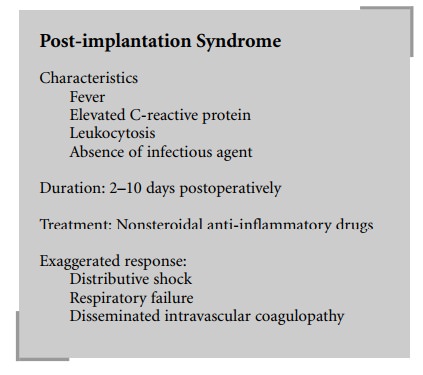Chapter: Clinical Cases in Anesthesia : Endovascular Aortic Stent Placement
Is the incidence of spinal cord ischemia different after endovascular thoracic aortic repairs compared to open repairs?
Is the
incidence of spinal cord ischemia different after endovascular thoracic aortic
repairs compared to open repairs?
The reported incidence of postoperative
neurologic injuries after endovascular thoracic aortic reconstruction is similar
to that of open thoracic aortic repair. With descending aortic reconstruction,
intercostal arteries that supply the anterior spinal cord may be sacrificed,
resulting in spinal cord injury. Probable risk factors for paraplegia include
the length of the thoracic endograft placed and a history of previous abdominal
aortic aneurysm repair.
Anecdotal evidence exists for the reversal of
spinal cord symptoms by cerebrospinal fluid (CSF) drainage after endovascular
thoracic aortic repair. In our practice, patients who are judged to be at high
risk for postoperative paraplegia (based
upon endograft length and history of abdominal aortic aneurysm repair) receive
perioperative induced hypertension, CSF drainage, and steroid and man-nitol
administration.

Related Topics